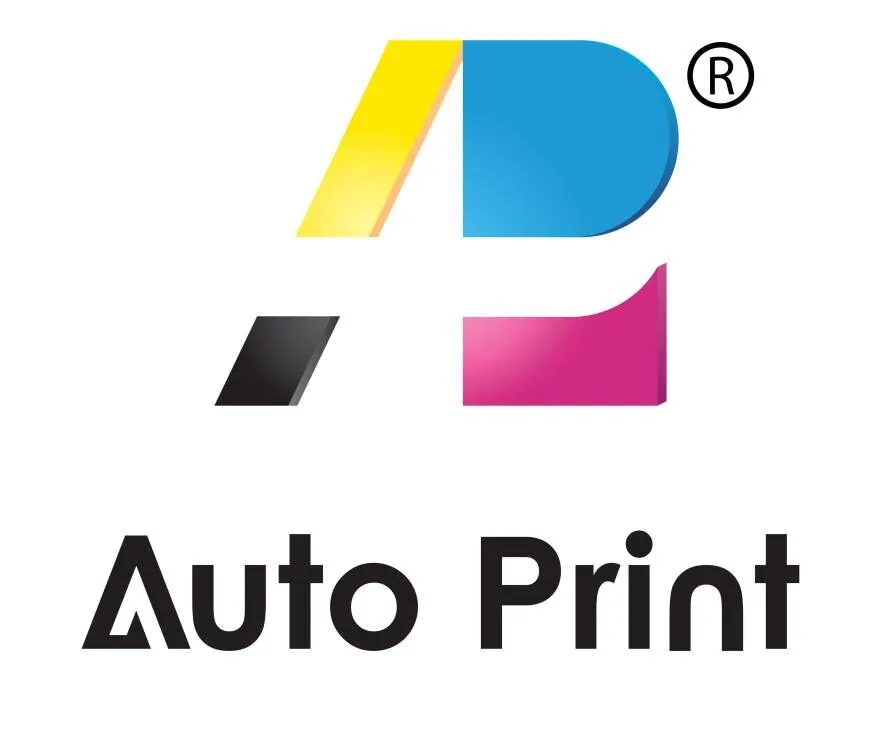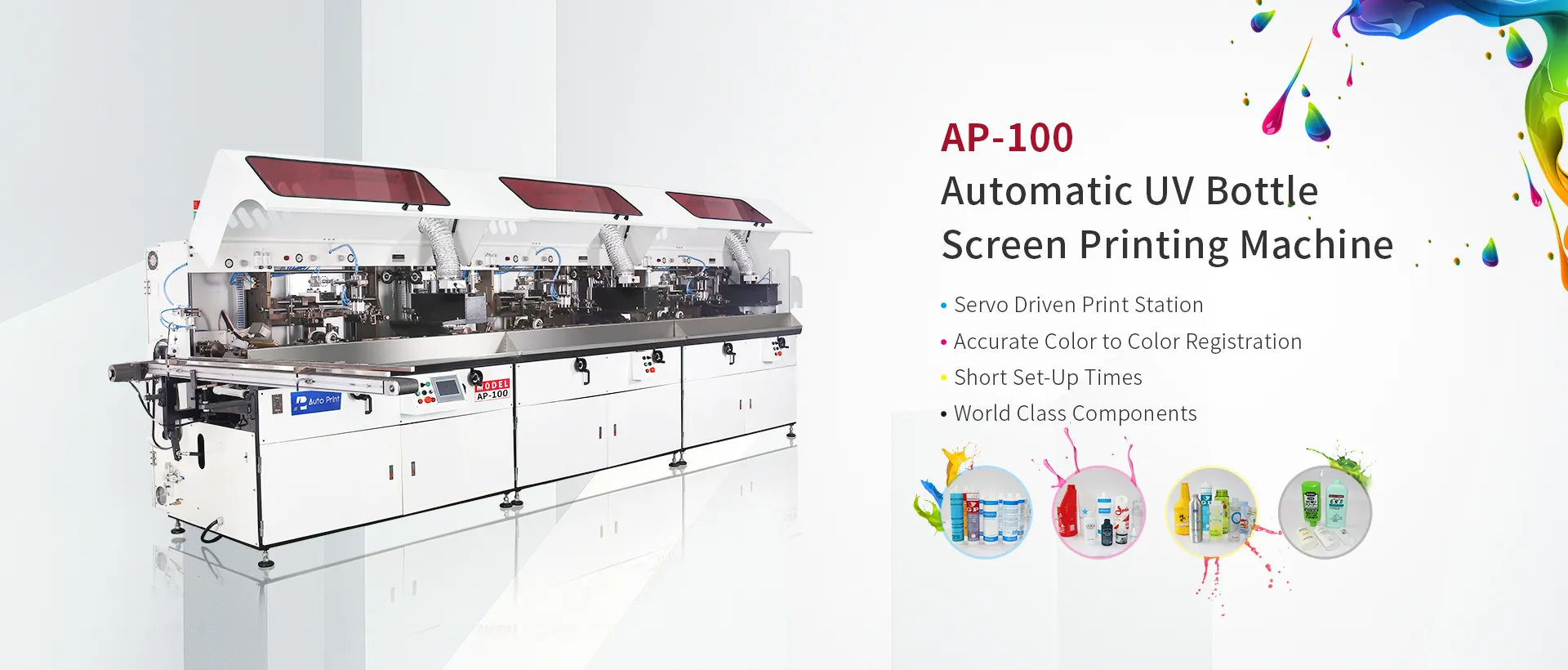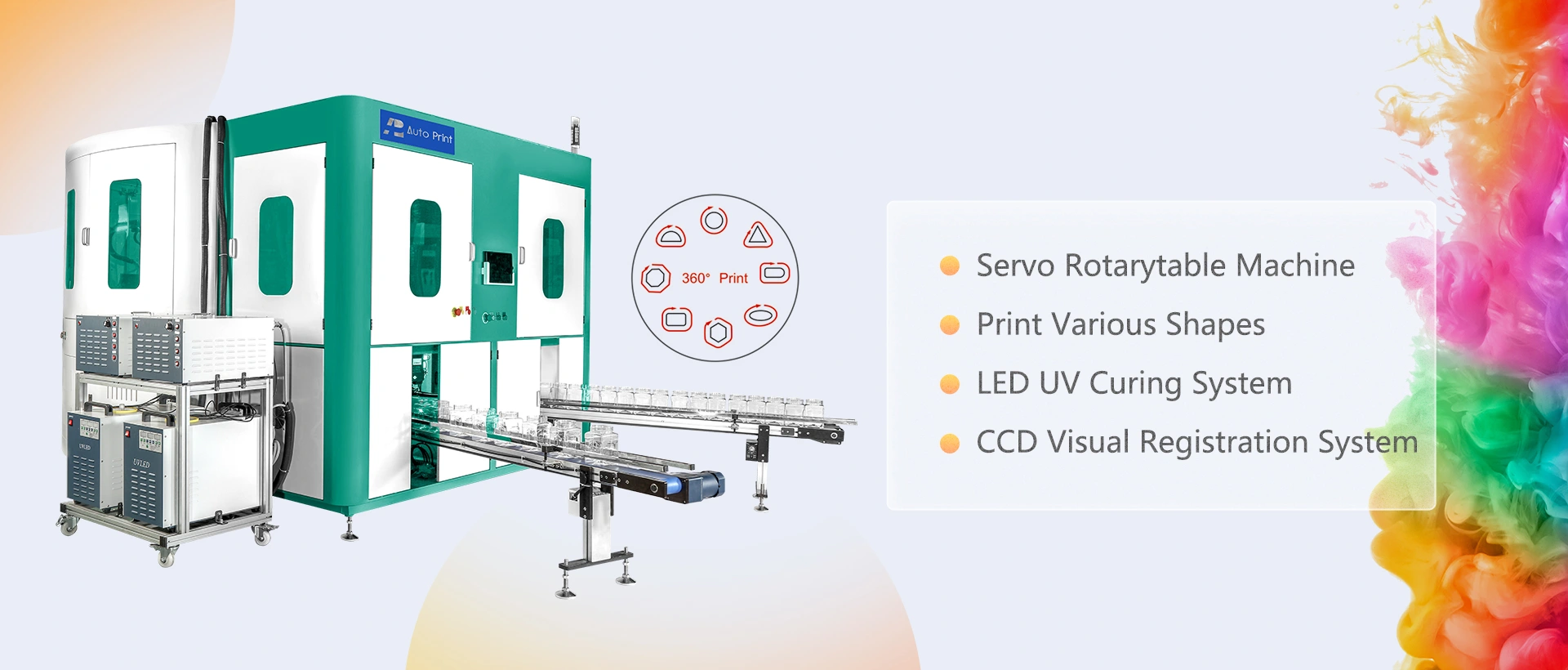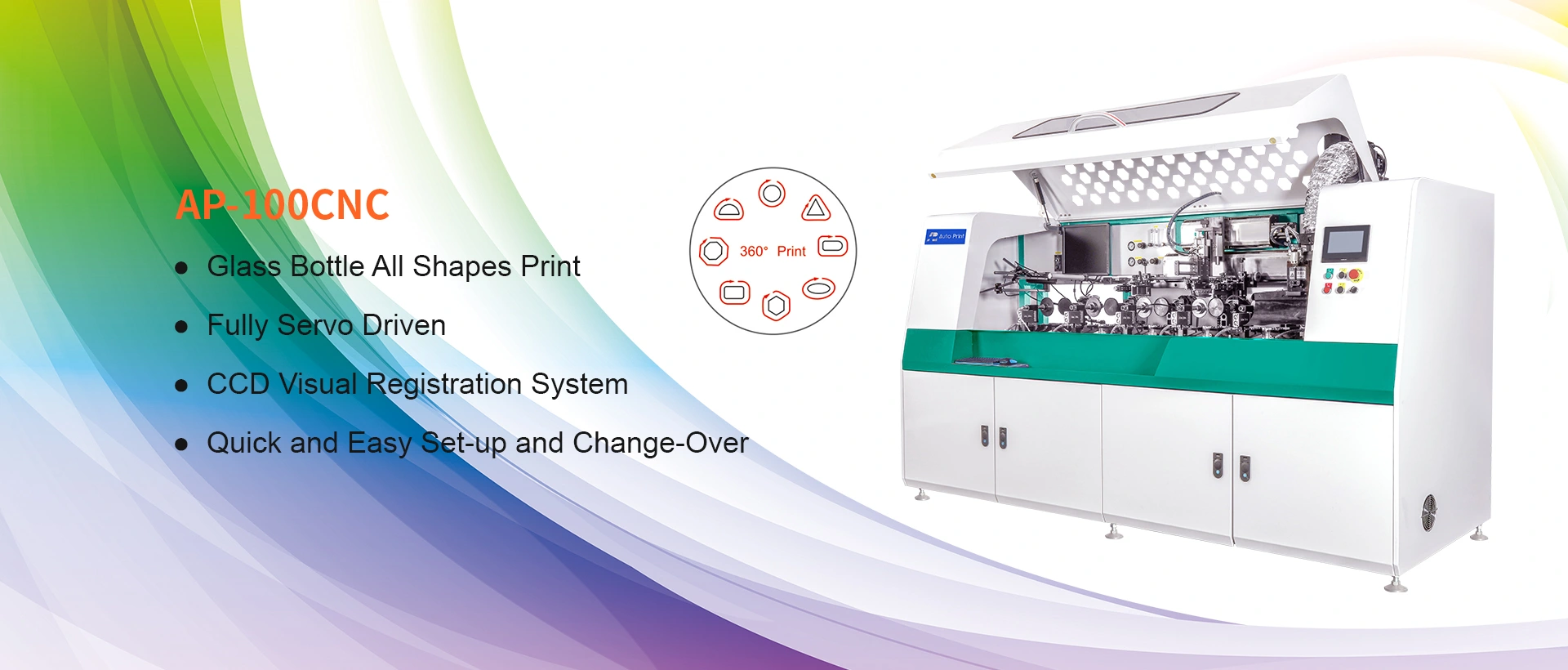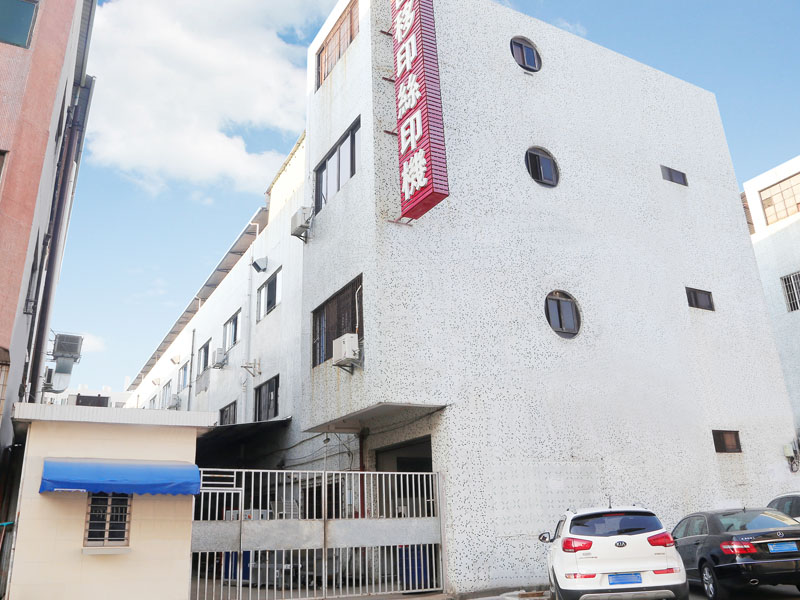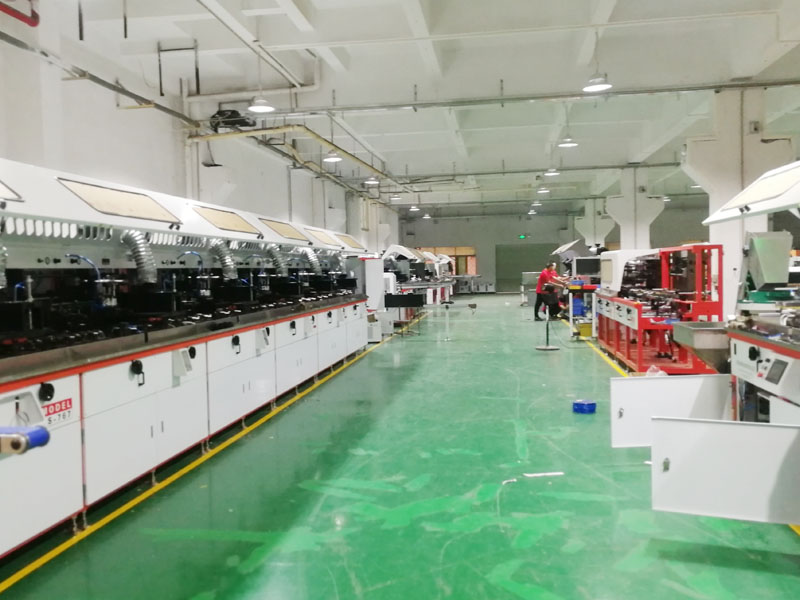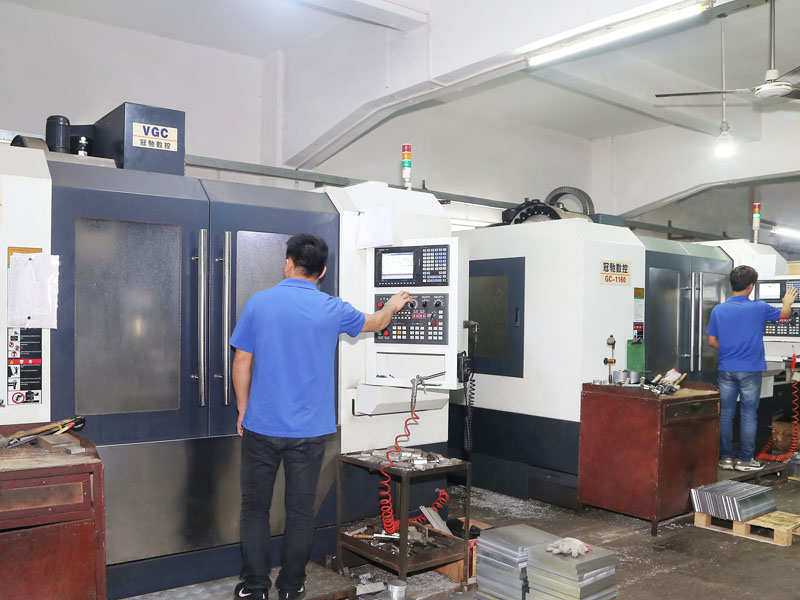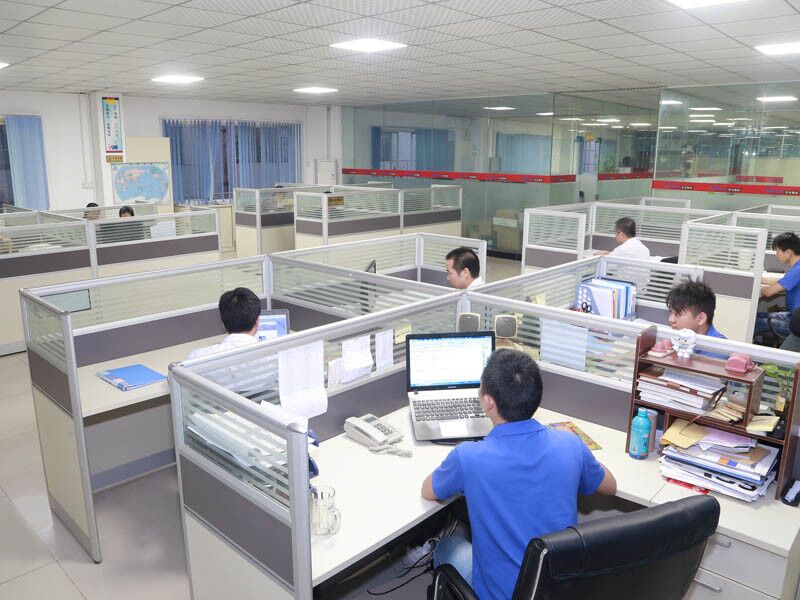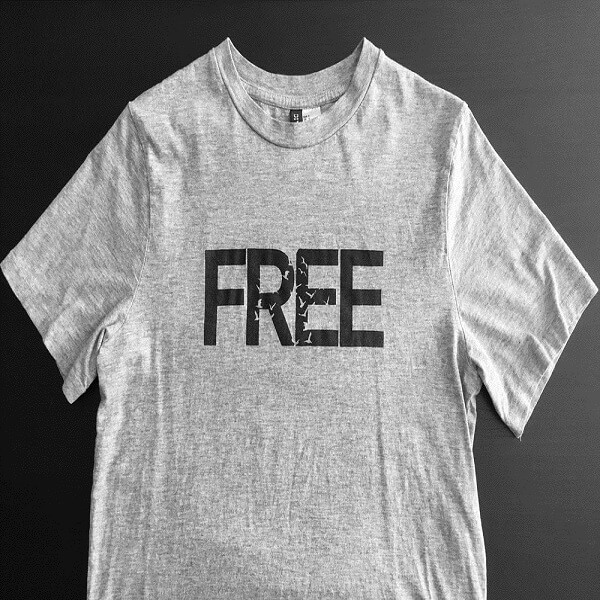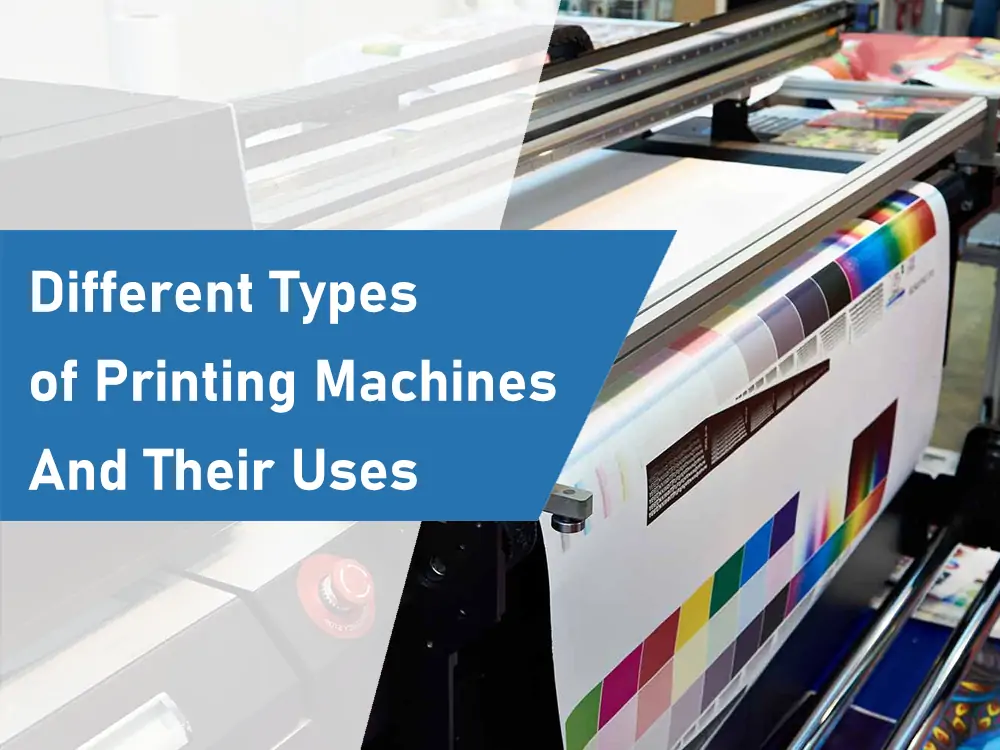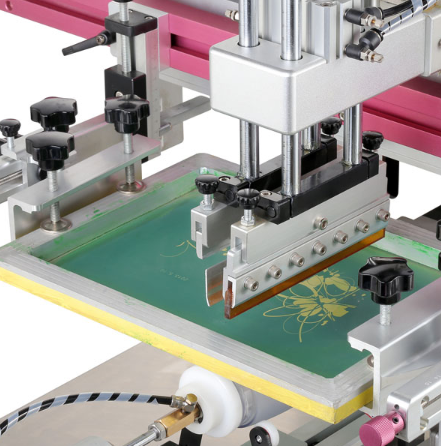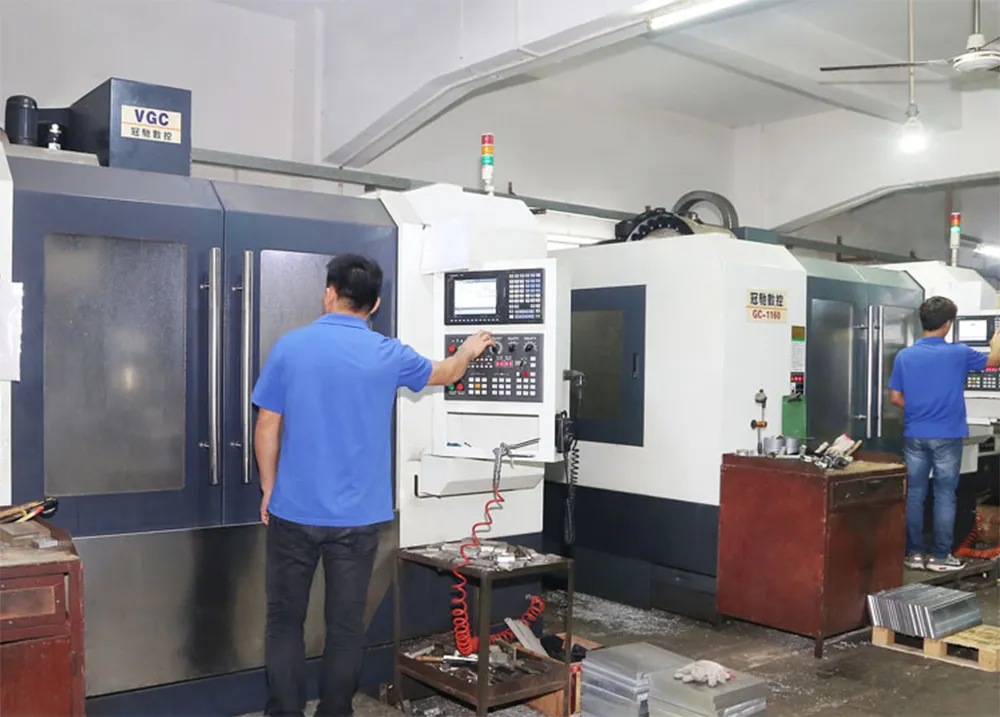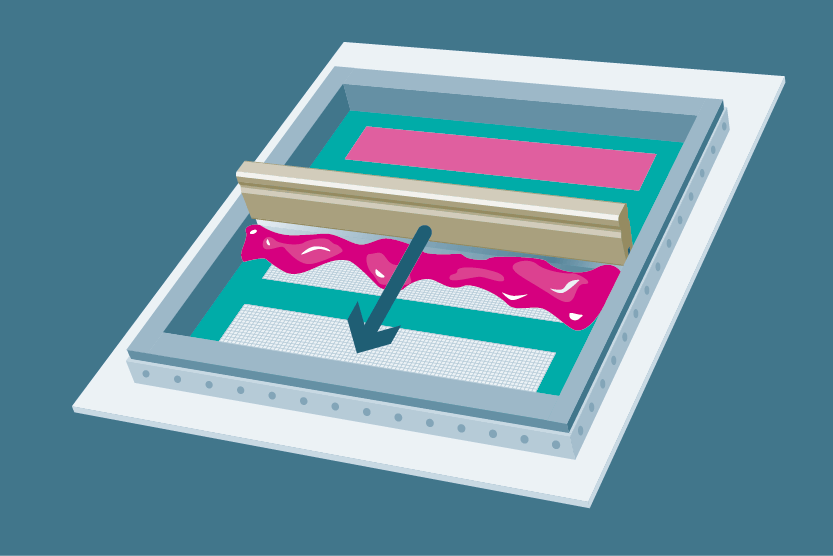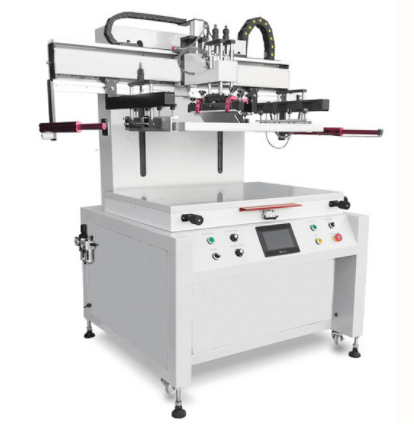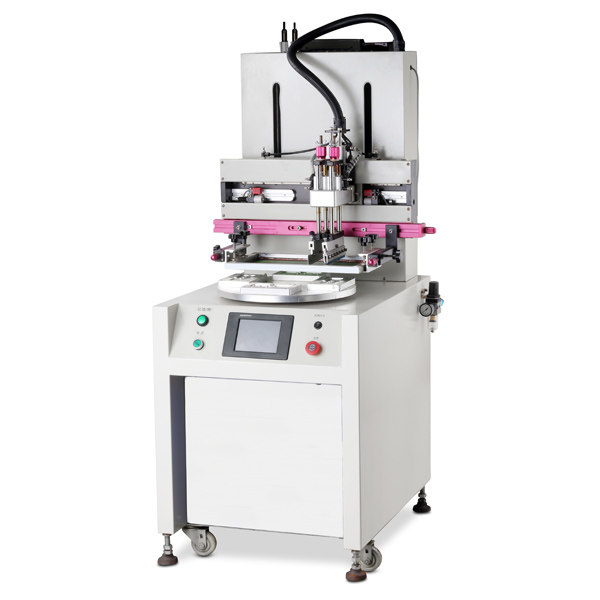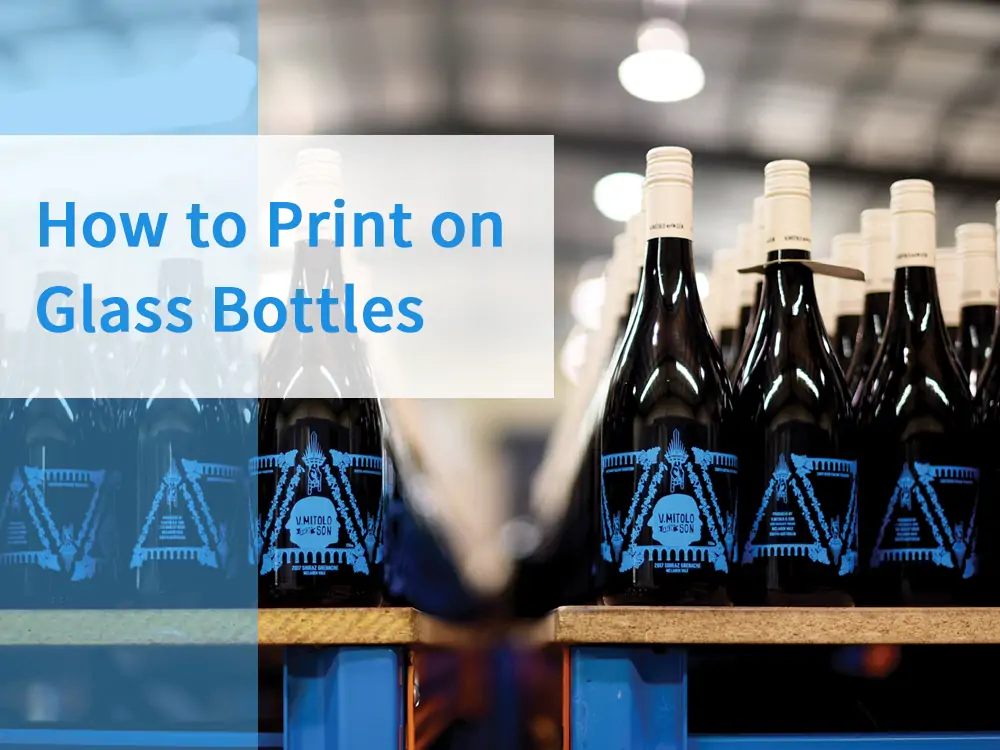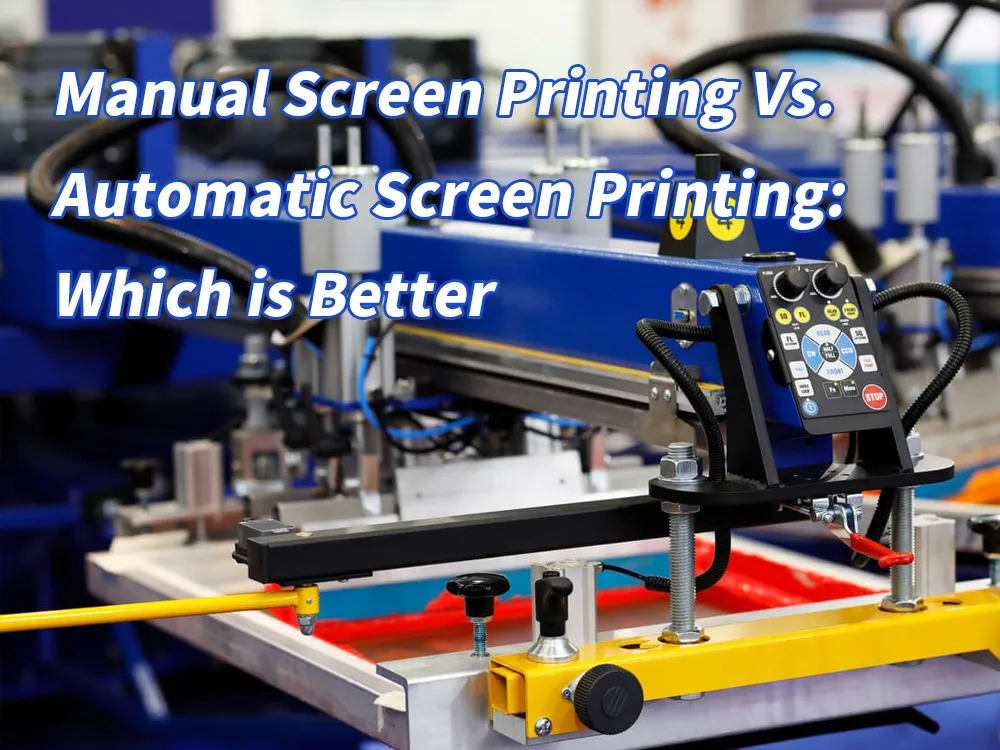Questions About Our Automatic Screen Printing Machine
- Why Should You Upgrade to An Automatic Screen Printing Machine? How Much Does It Cost?
A high-quality fully automatic screen printing machine price ranges from between $30,000 and $80,000. This cost includes everything you need to get started. Sincerely, there’s no reason not to make your auto screen printer switch as soon as you can. It’s easy if you have the sales and revenue to back the investment.
Some people hesitate to jump. It is not as risky as people think, and there are too many potential benefits to ignore. An automatic screen printer can relax your back and wrists. The biggest benefit is that it can greatly increase your production capacity.
- What Kind of Objects Can Be Printed by Auto Screen Printing Machine?
Our automatic round screen printing machine can print flat or irregular objects. The pad printing machine can print pens and Lego blocks. The automatic round screen printing machine can print round bottles, square bottles, etc.
Auto Print provides flat-screen printing machines and circular-screen printing machines. Some of them are manual, and semi-automatic and some are fully automatic silk screen printing machines. We mainly operate semi automatic screen printing machines for sale. Our specialty is semi auto round screen printers and automatic cylindrical screen printers.
Pad Printing Examples:
Automatic Screen Printing Examples:
- How Do You Start a Screen Printing Business?
Take the auto t-shirt printing machine as an example. What equipment do you need to print t-shirts? Check the list of all equipment you require for print t-shirts:
- Auto t-shirt printing machine.
- Exposure Unit.
- Pressure Washer.
- Squeegees.
- Scoop Coater.
- Computer and inkjet printer.
- Ink.
- Vector software (AI/Coreldraw).
- UV Printing vs Screen Printing
Although UV printing is more efficient than screen printing, there are still many benefits to screen printing. This process has been around for hundreds of years. In fact, screen printing can provide a wider range of unique colors than UV printing.
The most significant advantage that screen has over UV digital printing is custom-mixed spot colors. This may surprise some customers. In reality, most UV digital printers only have four color options: cyan (magenta), yellow (black), or what is known as CMYK in the industry. But the ink layer of the automatic screen printing machine is thicker and richer. Fully automatic screen printing machines can reproduce almost any color you can think of. In addition, the auto screen printer is also not limited to the CMYK color spectrum. Screen printing can be used in clear, white, neon, and other vibrant colors. And custom mixed inks print sharper than any CMYK process color combination.
UV digital printing allows you to print in a wide range of colors by combining CMYK with selected ratios. However, this is not as easy as an automatic silk screen printing machine. These colors can be reproduced via screen printing, whether they are fluorescent, metallic silver, or rusted.
